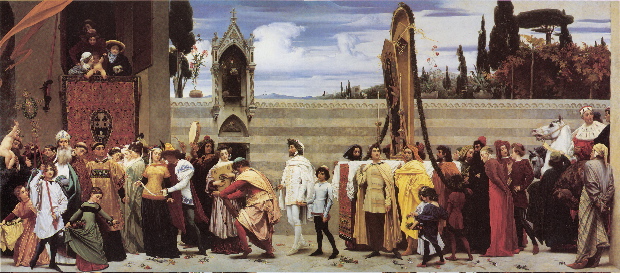
Lord Leighton was generally considered the dean of Victorian academic painters.
He combined the decorative stylization of the early Pre-Raphaelites with a more photo-realistic draftsmanship, an approach which made his work popular with a wide public and influential among his fellow painters.
The painting above, exhibited in 1855, caused a sensation and
established his reputation. An enormous, 17-foot-long work
depicting a procession in Renaissance Italy, it was admired by Queen
Victoria, who bought it.
Leighton also did works in a style that might be called magical
photorealism, like the one below, which reminds one of similar images
by Bouguereau:
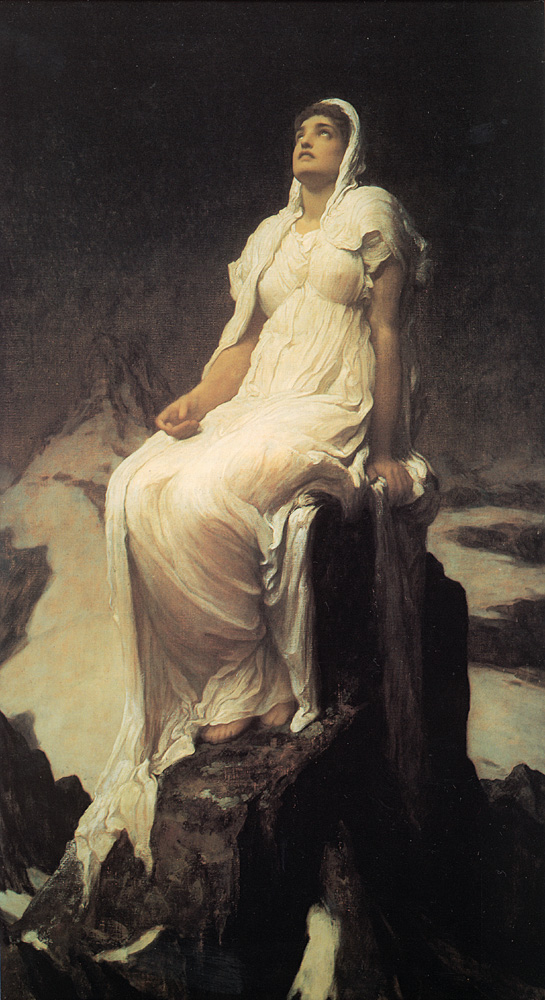
He could also, like Bouguereau, be frankly sensual in a more naturalistic mode:
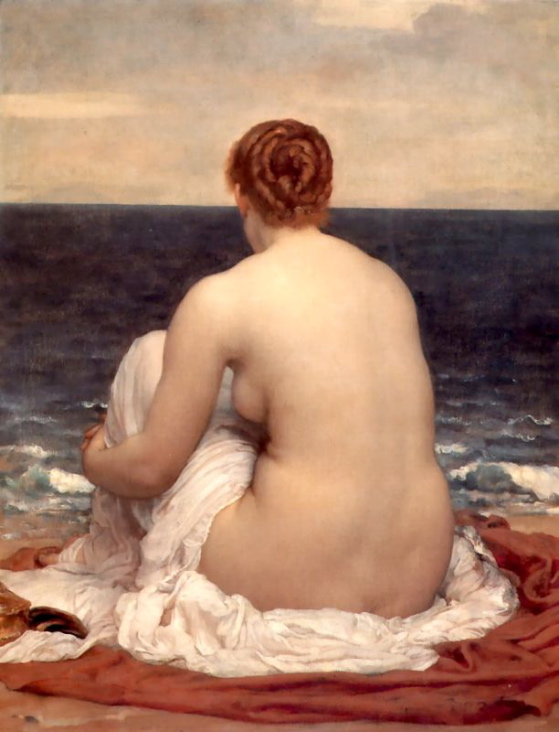
Like Alma-Tadema he did vexing evocations of the ancient world:
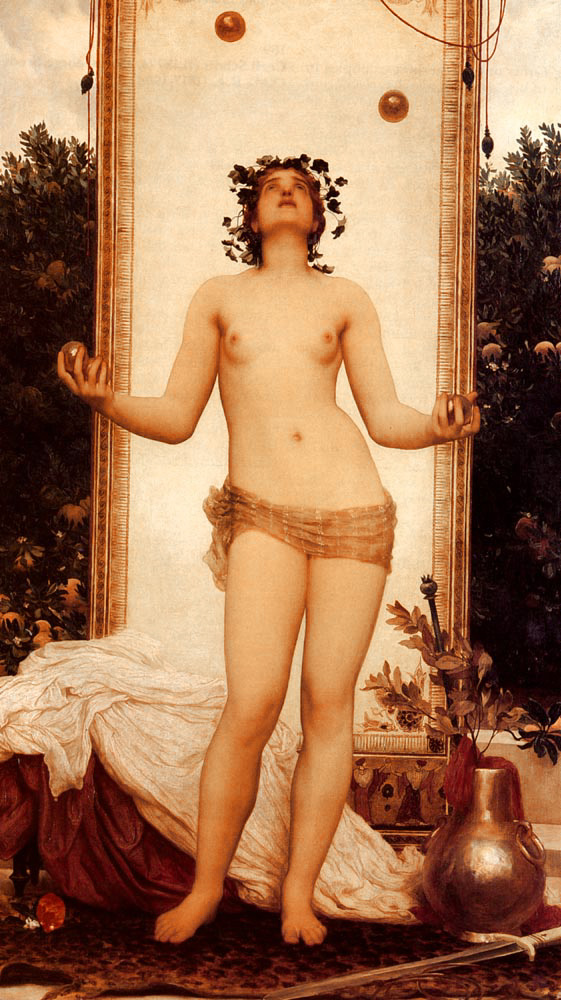
His historical paintings could have strong narrative and theatrical qualities, like this one, Dante In Exile:
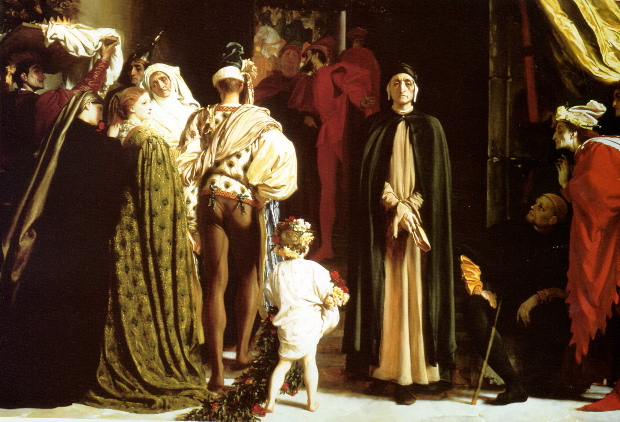
On top of all that he produced some fine portraits, like this famous image of the explorer Sir Richard Burton:
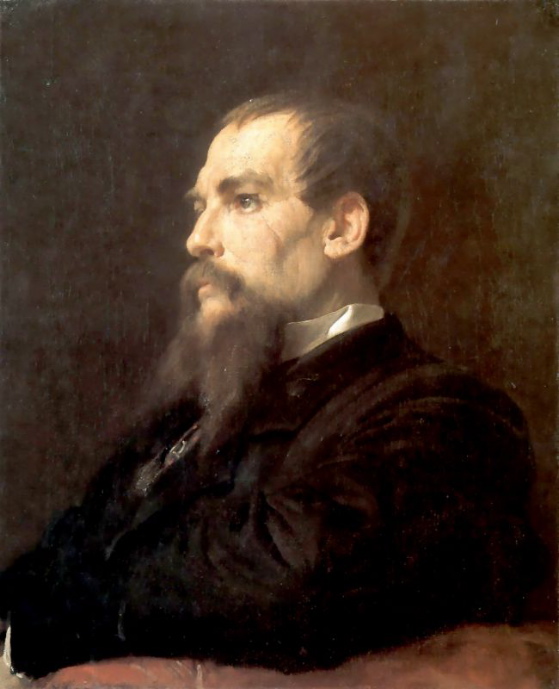
All around, Leighton was really cool.
